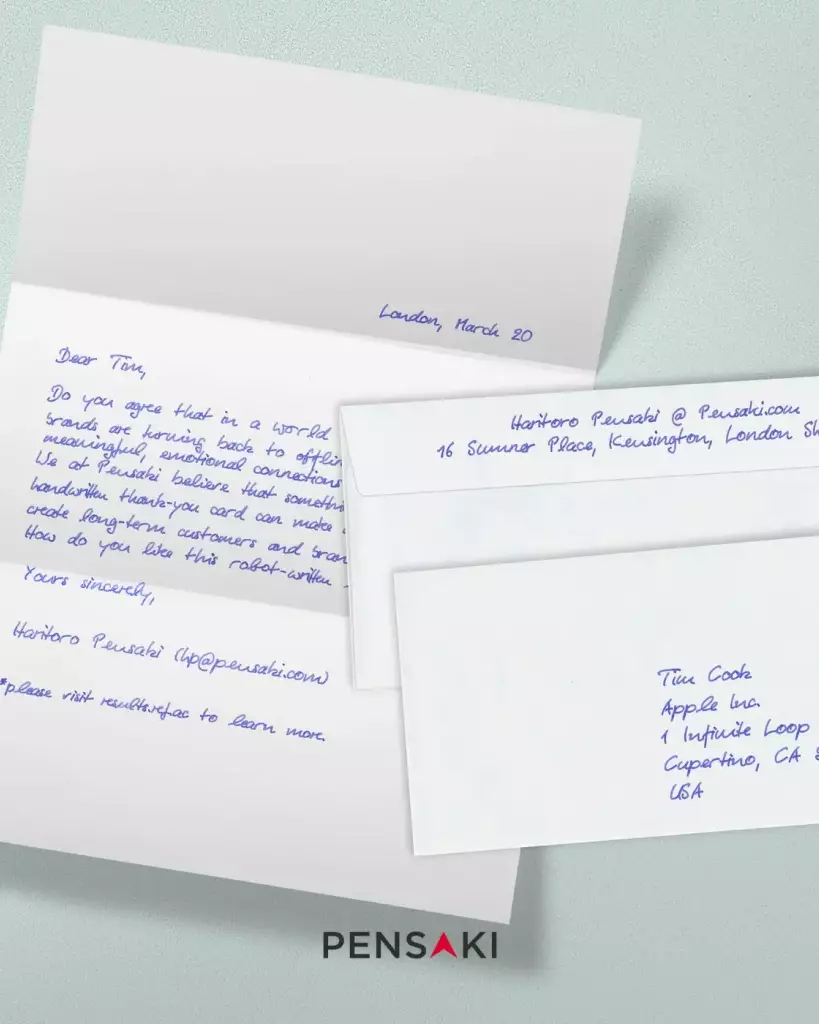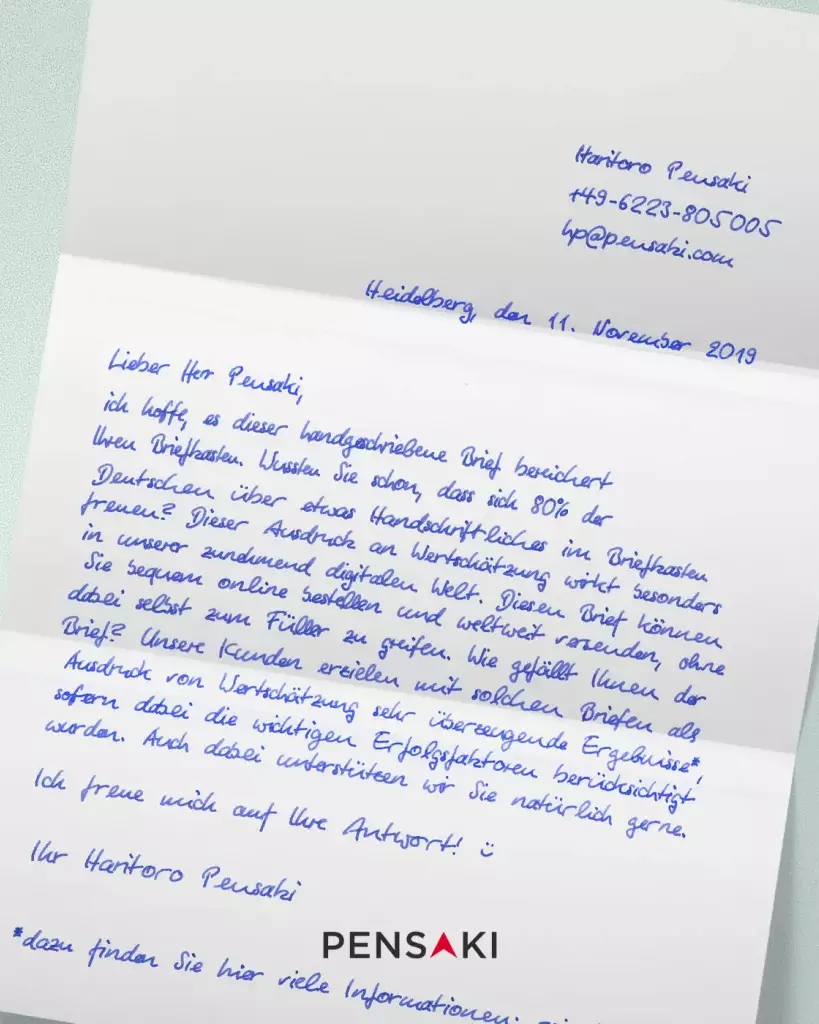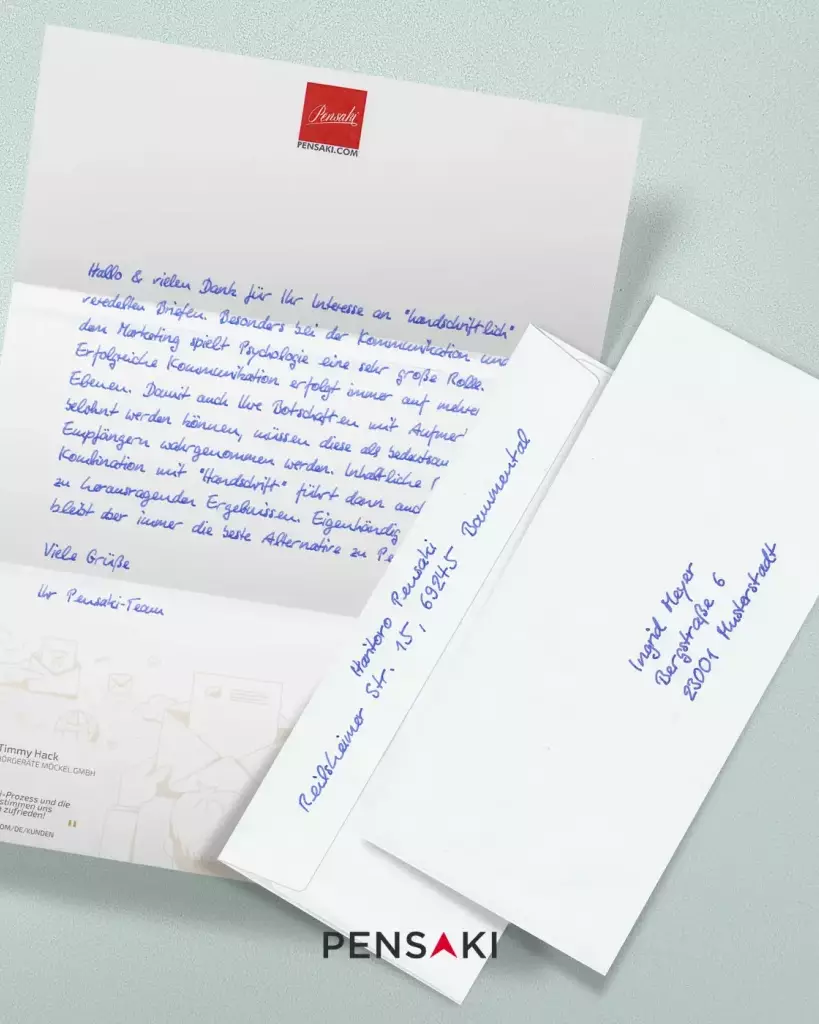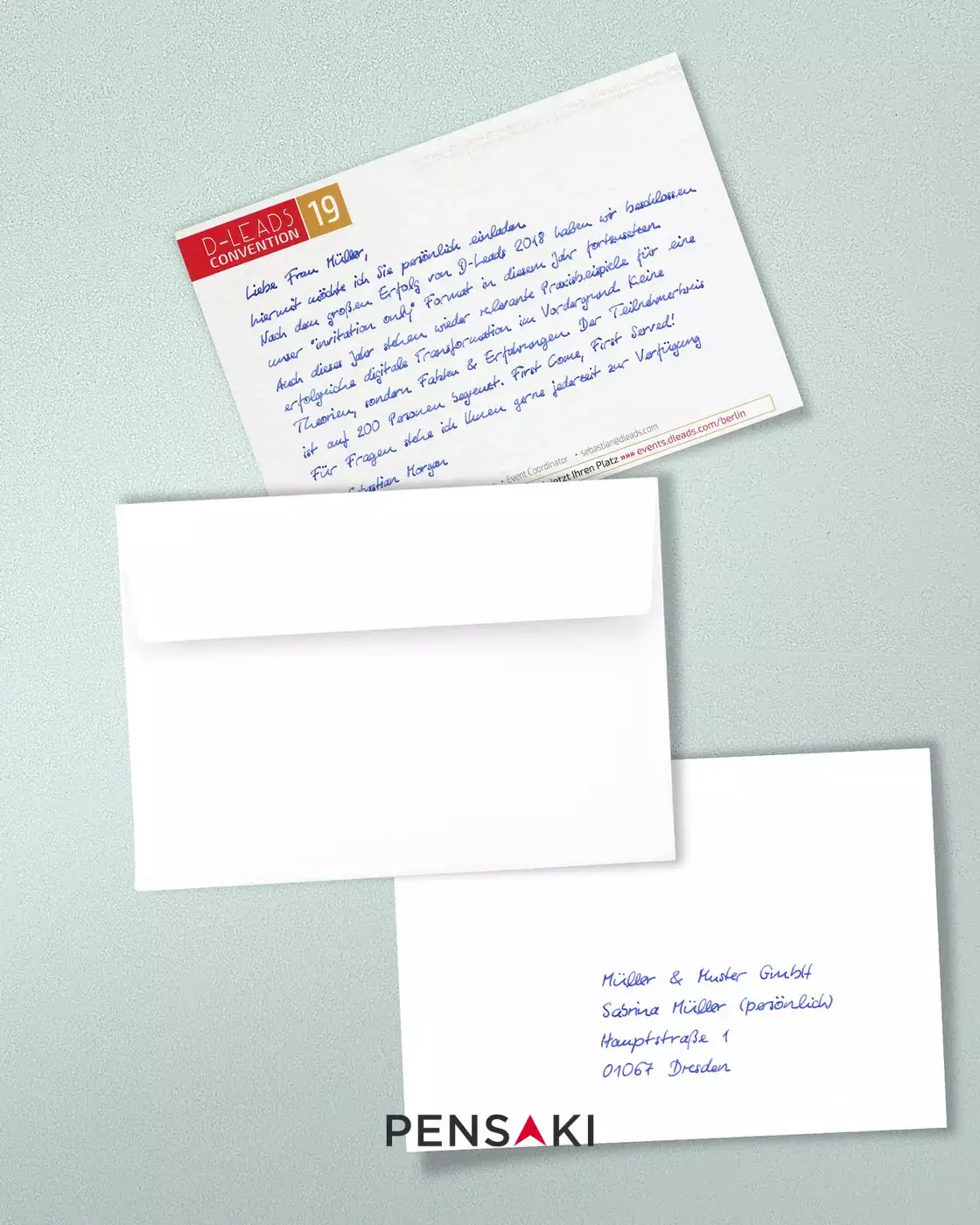Successful lead generation campaigns must consider psychological factors to engage prospects effectively, given that only a small fraction of companies are actively seeking new services or products at any given time. It’s crucial to establish early brand familiarity, positive experiences, and trust, often outside the typical sales timeframe. The challenge lies in connecting with potential clients without being intrusive, especially in a competitive market saturated with information. Personalization, relevance, and simplicity in communication, like handwritten letters, create a meaningful impact. These factors, along with legal compliance and precise targeting, ensure that the message resonates with the recipient, addressing their specific needs and interests, thereby significantly enhancing the success of lead generation efforts.
Harnessing the Power of Timing in Lead Generation
Understanding the timing of customer needs is crucial in lead generation. Only a small percentage, about 3%, of potential customers are ready to buy in the short term. Therefore, it’s essential to introduce your brand early in the sales cycle, creating a foundation of trust and familiarity. This approach ensures that when customers are ready to buy, your brand is at the forefront of their minds. The challenge lies in engaging effectively with cold contacts without becoming a nuisance, a struggle for 58% of business leaders according to Gartner.
Legal Compliance in Lead Generation: Navigating GDPR
Navigating the legalities of lead generation, especially under GDPR, is vital. Unlike digital channels like email or WhatsApp, which require prior consent, direct mail doesn’t need pre-authorization due to the opt-out procedure. This legal distinction makes direct mail a valuable tool for reaching out to cold contacts in a GDPR-compliant way. It’s critical to respect these regulations to maintain professionalism and avoid legal pitfalls.
Critical Success Factors in B2B Lead Generation
To excel in B2B lead generation, these success factors need to be considered:
1. PERSONALIZATION: Directly addressing potential clients and appealing to their emotions can significantly increase engagement.
2. RELEVANCE: Your message should clearly communicate the benefits to the recipient, preferably directing them to a landing page for more information.
3. SIMPLICITY: Keep messages concise and straightforward to convey competence and respect for the recipient’s time.
4. TARGETING: Identifying your ideal customer profile helps tailor your message and increase the effectiveness of your campaign.
5. DATA QUALITY: Ensure your contact data is accurate and up-to-date for successful delivery and impact.
« Every sale has 5 basic obstacles: no need, no money, no hurry, no desire, no trust. »
Zig Ziglar
Creating Impact with Personalized Communication in Lead Generation
To truly stand out, lead generation messages must be personal, relevant, and concise. Avoid generic terms and focus on addressing the recipient directly, indicating the unique value you offer. This approach should extend to the entire communication process, ensuring a consistent and high-quality interaction with potential leads. By respecting the recipient’s time and providing clear, relevant benefits, you can stimulate curiosity and drive engagement. Remember, the goal is to make the prospect feel special and understood, turning the lead generation process into a positive customer experience.
The Importance of Follow-Up in Lead Generation Campaigns
Successful lead generation doesn’t end with sending a message; follow-up is crucial. Immediate and personal responses to any feedback reinforce the value of your initial contact and begin building a relationship of trust. Even if there’s no immediate response, follow-up calls can ascertain interest or confirm receipt, providing another touchpoint with the potential customer. This persistence is key, as only a small percentage are ready to buy immediately, while others may be on the verge of decision-making. Effective follow-up ensures that you capitalize on the initial impact of your lead generation efforts, turning potential interest into concrete business opportunities.
Be smart and sign up for our newsletter!
Your competition keeps itself up to date.



